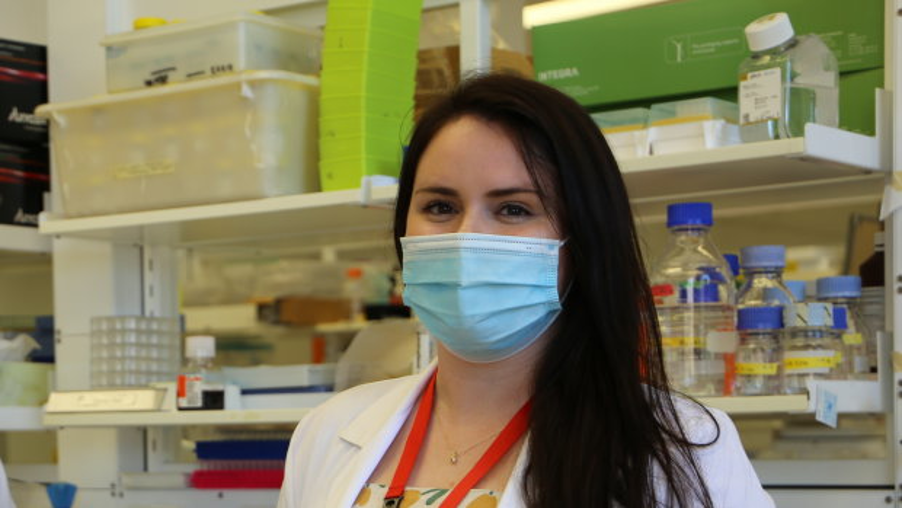Australia urgently needs to prepare for a "silent wave" of COVID-19, which appears to be taking the form of long-term neurological side effects following infection with the virus.
The esteemed Florey Institute of Neuroscience and Mental Health in Melbourne is particularly concerned about a potential surge in Parkinson’s disease.

“We believe loss of smell presents a new way forward in detecting someone’s risk of developing Parkinson’s disease early, says Leah Beauchamp.
It is spearheading a call for crucial action on three fronts: to ensure more accurate diagnostic tools are available to identify neurodegeneration early; to get advance neuroprotective treatments under way; and to establish long-term monitoring of people who have been infected with the virus.
“Although scientists are still learning how the SARS-CoV-2 virus is able to invade the brain and central nervous system, the fact that it’s getting in there is clear," said Professor Kevin Barnham, head of the neurotherapeutics laboratory at the Florey.
“Our best understanding is that the virus can cause insult to brain cells, with potential for neurodegeneration to follow on from there.”
Viruses are a key risk factor for Parkinson’s. While the link between COVID-19 and Parkinson’s is a central focus for the Florey team, monitoring would capture other neurological issues too.
Alarm about neurological effects was raised early in the pandemic. In March, a neuro-COVID-19 ward in Italy was established for patients who had suffered acute events such as stroke, delirium, epileptic seizures and what looked like encephalitis.
By July, experts were warning of a potential wave of brain damage, leading to severe neurological complications, including inflammation, psychosis and delirium.
At the time, a University College London study described 43 COVID-19 cases suffering temporary brain dysfunction, strokes, nerve damage or other serious brain effects.
Smell loss a clue
The Florey is an international leader in brain research and in a review, published on Wednesday in the Journal of Parkinson’s Disease, it presents a proposal for long-term screening of COVID-19 cases post-recovery for expressions of neurodegenerative disease, particularly for early diagnosis of Parkinson’s.
Viruses are a key risk factor for Parkinson’s, says Professor Kevin Barnham.
Symptoms would range from a severe lack of oxygen to the brain, to loss of smell. The review showed smell loss affected three out of four infected people.
While this loss may seem a little trivial, “it tells us a lot about what’s happening on the inside and that is that there’s acute inflammation in the olfactory system responsible for smell”, said researcher and PhD candidate Leah Beauchamp.
“We believe loss of smell presents a new way forward in detecting someone’s risk of developing Parkinson’s disease early.”
Almost 90 per cent of people in the early stages of Parkinson’s report some loss of smell, a decade ahead of movement problems.
Diagnosis relies on movement issues, by which time the brain has already been affected in up to 70 per cent of patients. This means the window to use protective therapies may have been missed.
About 80,000 Australians have Parkinson’s and considering the potential impact of COVID-19, therapies are needed, the team said. The Florey has two under investigation.
Following the 1918 Spanish flu pandemic, the risk of developing Parkinson’s disease increased between twofold to threefold. Both virulent flu and coronaviruses can cause inflammation in the brain.
Now the team is “very worried” about the potential increase of a raft of neurological diseases that could unfold.
It says a $10 million government investment is required to roll out the national diagnosis screening platform and significant further investment to advance the therapies to clinical use.
This article was originally posted on The Australian Financial Review here.
The Florey Institute is a beneficiary of HM1.
Licensed by Copyright Agency. You must not copy this work without permission.